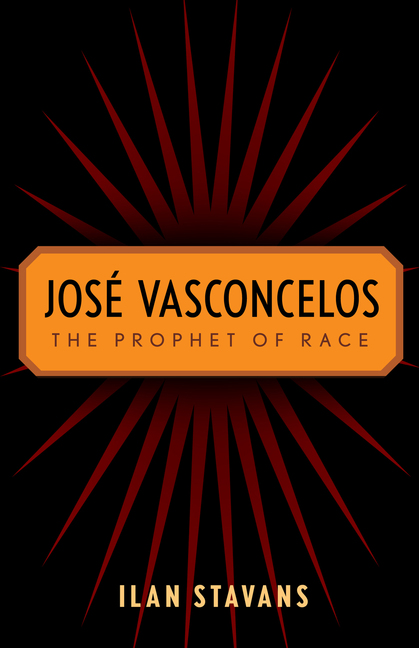Use of Blood Groups in Human Classification
Science Magazine
Volume 112, Number 2903 (1950-08-18)
pages 187-196
DOI: 10.1126/science.112.2903.187
William C. Boyd
Boston University School of Medicine, Boston, Massachusetts
—Will he not fancy that the shadows which he formerly saw are truer than the objects which are now shown to him!
Plato, The Republic
In recent years there has been an increasing feeling, on the part of both geneticists and physical anthropologists, that genetical methods ought to be applied to the problems of the classification of man, and a number of proposals to this effect have been made. Nevertheless, new books of anthropology, as they have been published, have been found to contain much the same old classifications based on morphological characteristics, skin color, etc., even though the authors may have started with the announced intention of making use of the newer methods. It is clear that many a worker, attempting to apply genetical methods of taxonomy to man, has been disappointed, and, in fact, one scientist, formerly quite active in the field of physical anthropology, has now given it up, and announced in a letter to me: “I tried to see what blood groups would tell me about ancient man, and found the results very disappointing.”
A careful analysis of the situation will show that such disappointment is based largely on two circumstances. First, there is the fact that the blood grouping genes affect invisible serological characteristics of the individual, and are thus never visible to the naked eye. It is to be feared that we are all too much inclined to be impressed by the visible as opposed to the invisible. Second, there is the fact that the layman’s concept of race (which is that the human species can be divided up by valid, scientific methods, into various groups that are pretty different from each other and which will look pretty different from each other) has been unconsciously retained by many scientific workers, and the hypothetical dissenting readers are unconsciously expecting that the new system we propose to introduce will also provide us with startling differences in the appearance and behavior of the different “races” we define, and will feel let down to discover that the new classification does not, when all is said about it, reveal any very dramatic results.
If the blood grouping genes had affected, not characteristics of the blood, but prominent morphological or physical characteristics such as the shape of the head, color of the skin, etc., there cannot be the slightest question that they would already have been made the chief basis of a racial classification and would have been considered entirely adequate for that purpose.
Equivalence of Genes
From our knowledge of genetics we may see that there is nothing fundamentally different between the blood grouping genes as genes, and the genes which do affect morphological features. It is simply a historical accident that fairly adequate information was obtained about the mode of transmission of blood grouping genes before any information at all equivalent in amount or value was obtained about the genes affecting physical appearance.
In view of these facts, and since there seems to be no reason to suppose that the location of a gene in a chromosome, or the nature of the particular chromosome in which the gene resides, determines in advance the main or even the subsidiary characteristics which are to be influenced by the gene, it might be instructive to let our imaginations roam a bit. The outwardly observable effects of the blood group genes are, so far as we know, zero. Therefore let us make some arbitrary assumptions as to the sort of effect which the blood grouping genes could have produced, supposing them to have affected some of the external and visible char-…
Read or purchase the article here.

